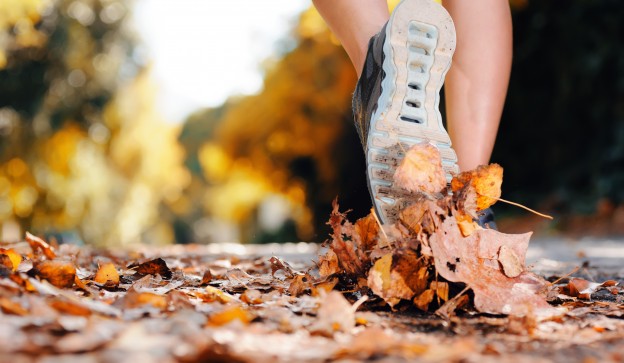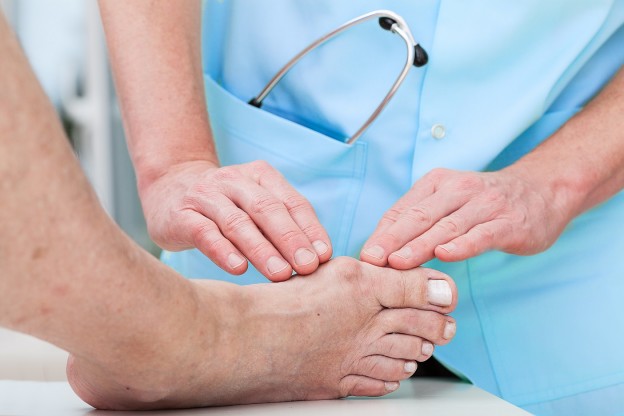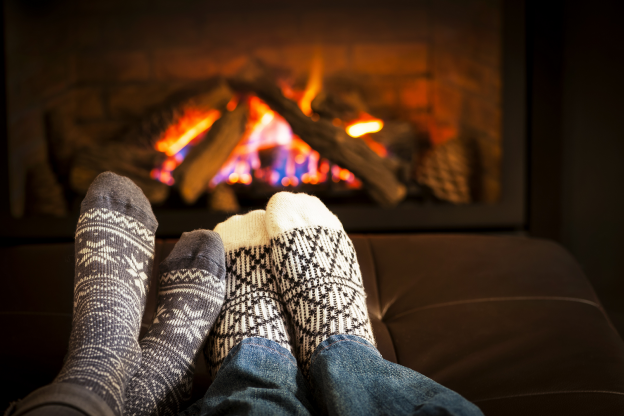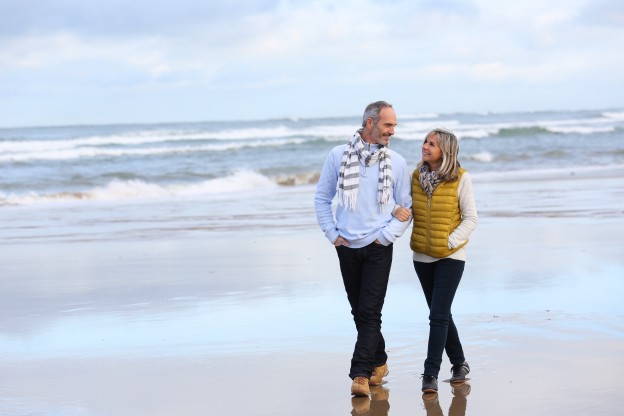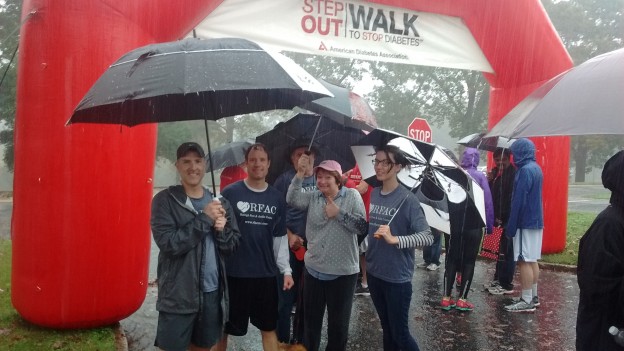Happy New Year! I’m sure that a lot of you made New Year’s Resolutions to improve your quality of life, especially related to your health. Many of us strive to eat more fruits and veggies, eat less snacks and chips, and of course, get more exercise. Maybe you’re just starting out, or maybe you’re already physically active and want to run your first marathon.
One thing always seems to get in our way: cold, dark weather. It can be very discouraging! How do I keep active when it’s cold and dark outside? The answer: take little bites! Plan a schedule with short walks or runs every evening or morning. You’ll avoid complete darkness and decrease your chances of overuse injuries like plantar fasciitis. Long runs in pitch-black darkness are a bad idea. If you do run in the winter evening hours, make sure you run in well-lit areas and wear bright, reflective clothing. Not only will cars be able to see you, but you’ll be able to see any obstacles in the road that might trip over if unseen.
Make a schedule of easy to complete short exercise events. Get fresh air, burn calories, and stay fit until daylight hours increase. Spring will be here before you know it!! And you’ll be ready. And if you ever have any foot or ankle pain, whether you’re exercising or not, remember that it’s not normal. Thankfully we’re here to help. You can call us at (919) 850-9111 to make an appointment for any exercise-related injuries, or you can fill out our form to request an appointment online.




